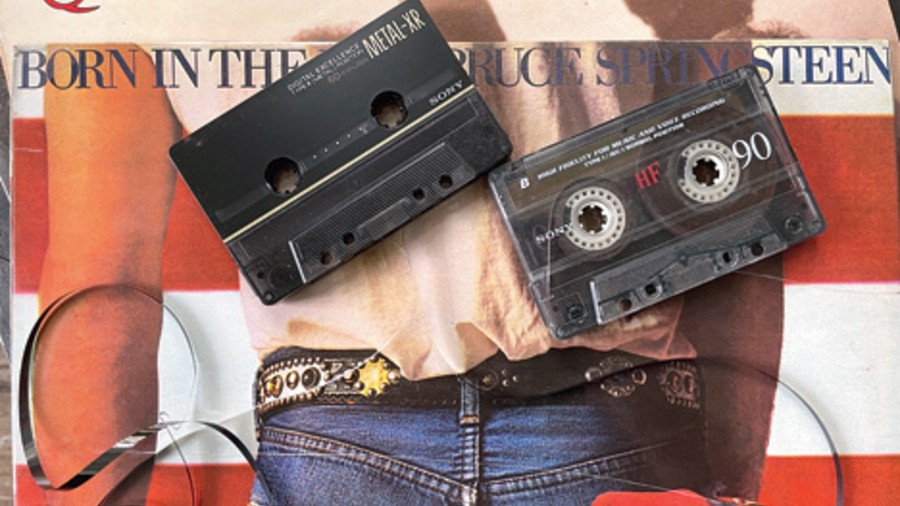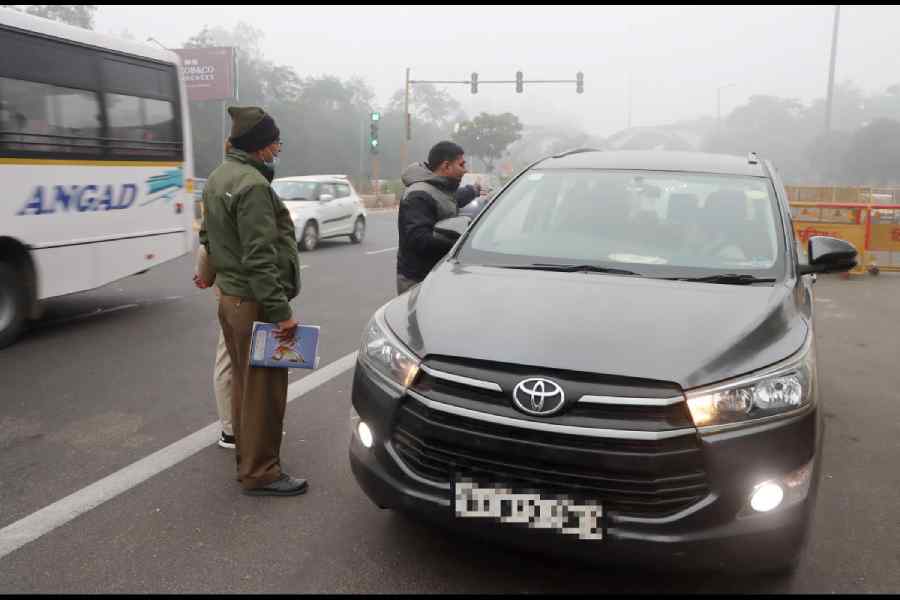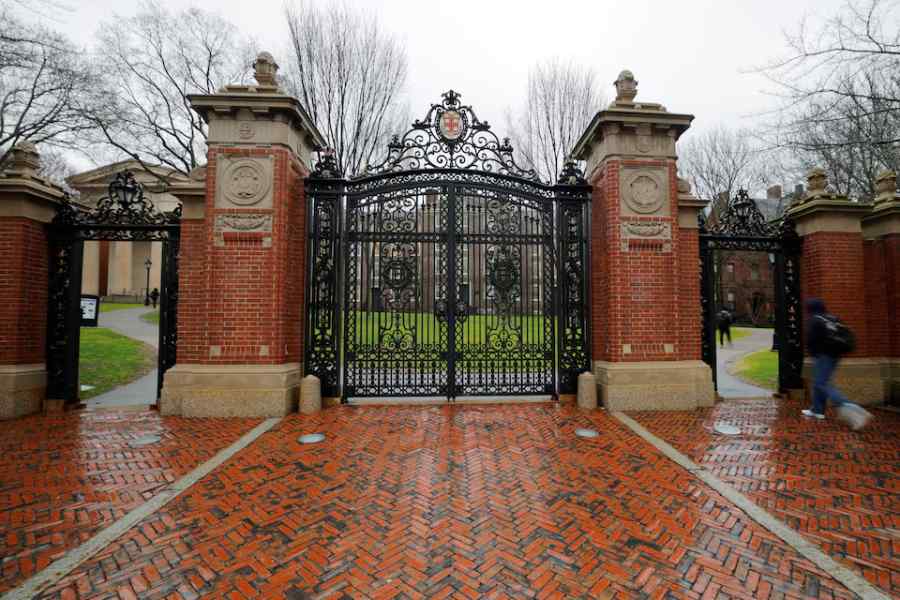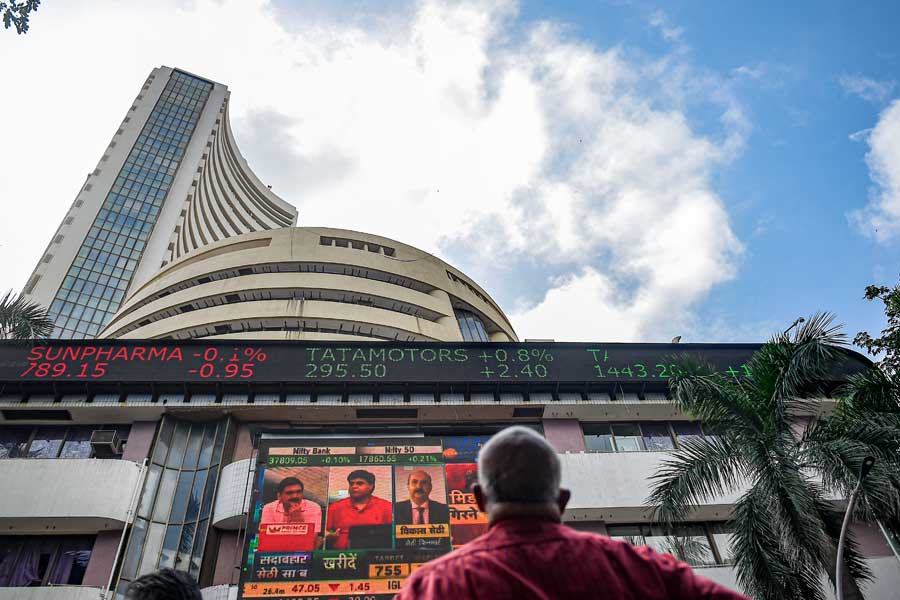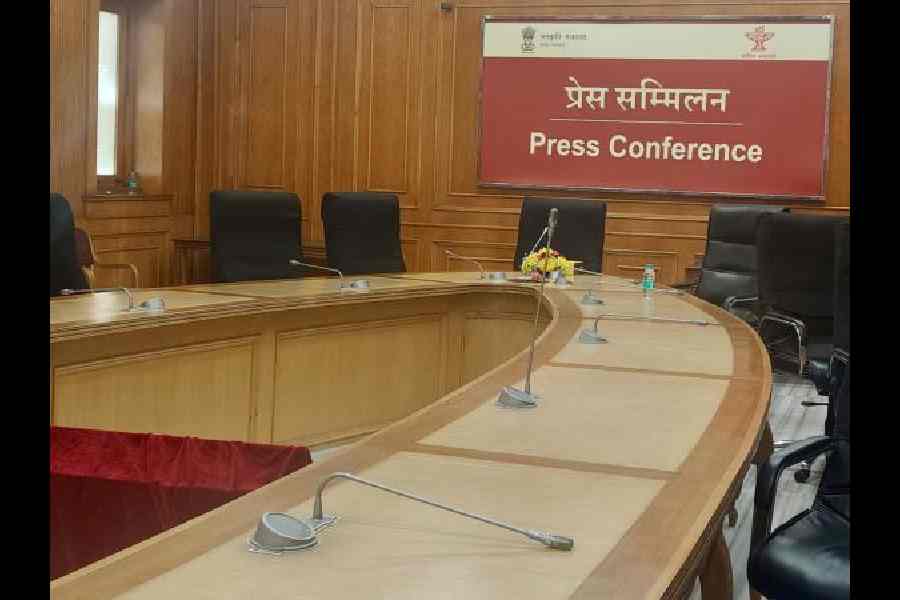Many readers will remember cassettes with a certain amount of disdain. It almost obliterated the pure sound of vinyl (only to receive a similar treatment from CDs). The cases cracked easily. And it unspooled unceremoniously inside the player. At the same time, it championed three qualities. Portability. Affordability. Disposability. Ah well, the last mentioned is not exactly a quality. Be that as it may, the tape changed the music game for decades. With the death of its inventor, Lou Ottens, a chapter in music history has ended.
Personally, I will remember cassettes as a symbol of freedom, although my father hated it as much as he now hates electric vehicles. Anyway, like it or not, cassettes suddenly gave a generation of music lovers the freedom to listen to the music of choice at home, in the car and on the person.
Then there were those mixtapes, a concept long dead. In case you plan to proclaim your love through a playlist, just stop. Putting together 30 random tracks with 30 taps really doesn’t count. The agony and the ecstasy of spending hours — if not days — making favourite cassettes go forward and backward in a twin deck system while a blank cassette recorded the best bits is an unforgettable experience. A mixtape mirrored one’s personality; it showcased one’s train of thoughts. To make matters even more special, one had to handwrite each song title and artiste on the card inside the case. By the way, we had to use to the comma and semicolon correctly to separate different fields!
A late evening brainwave
Thank you Lou Ottens for making music accessible and special. Had it not been for Ottens’s fiddling with a reel-to-reel tape recorder one night in the early 1960s — trying to thread a wafer-thin piece of magnetic tape through mechanical guides so that he could listen to music — we wouldn’t have had this amazing invention.
The next morning, as the head of product development at Philips’s electronics factory in Hasselt, Belgium, he told his team the need to develop an audio device that was smaller, cheaper and easier to use than the reel-to-reel tape recorder. “The cassette tape was invented out of irritation about the existing tape recorder, it’s that simple,” he later said.
Among the many criteria was that it should fit in the inside pocket of his jacket. In 1963 the first tape was presented to the world at an electronics fair in Berlin with the tagline “Smaller than a pack of cigarettes!”
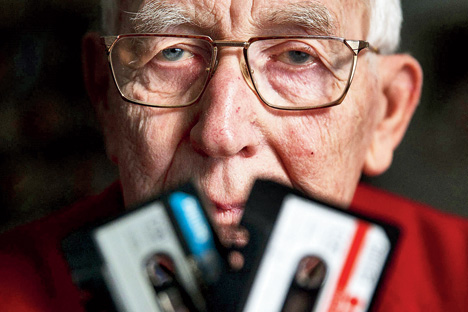
Lou Ottens, the inventor of the cassette tape: June 21, 1926 to March 6, 2021 The Telegraph Picture
An unsung hero
A late night message to composer-singer Vishal Dadlani drew a heartwarming reply. “I don’t know how other people will remember him, but for me, my first LPs were my parents’ music. When my music found its own voice and when I found my own taste, it was all on cassette tapes. Young rebellion was compilations on cassette tapes, young romance was mixtapes on cassettes and early rock-band demo recordings were all on cassette tapes too. My heartfelt thanks to a true unsung hero,” he wrote.
I am sure Dadlani had his tangled-mangled moment with the tape deck but it is something we probably miss after all these years. The tape contains music and, like vinyl, we get to touch the tape to fix it and in the process “touch” music.
There was a time when tapes went beyond music. It was used to record telephone messages and books (audio books). Hell what, it has been used to capture royal rumbles! Keith Richards had hit the record button of his Philips cassette player one night and the next morning he woke up to Satisfaction and “forty minutes of me snoring”.
“Lou Ottens was an unsung hero. Before smartphones came along with an inbuilt recorder, the cassette and cassette player was the ‘go-to’ instrument to record anything. Almost every song that I produced, was first put down on a cassette. I would load the cassette on to a cassette player and relay bits of a song idea on the cassette. Then I would come back to it, listen to whatever I had put down either a melody or a lyric idea and then build on it, till I had a full song that I would eventually record for an album,” says legendary singer-songwriter and producer Biddu.
Bellingwolde-born (in the Netherlands) Ottens’s cassette tape was about half the width of RCA’s tape cartridge (released in 1958) and ran at half speed, cutting down on the length of the tape.
But “it was an invention we took for granted, like the sun rising every morning,” adds Biddu. “From my earliest recordings of Look Out Here I Come right through Kung Fu Fighting, I Love To Love, Aap jaisa koi, Disco deewane and Made in India, all started there genesis by being voiced onto a cassette. Before cassettes, one had to write on a piece of paper the notation (note) of what you were playing. The cassette made it easy for musicians to store their ideas.”
A friend for self-taught musicians
Hand in hand with the success of the cassette tape was that of the Sony Walkman, which arrived on July 1, 1979 and went on to become the iPod of that era.
The inventor of the cassette was also critical of his invention. Long before the magic plastic case hit its peak, he was spearheading the development of the compact disc. “‘When your time has gone, it’s time to disappear. If there are better products than the cassette, then you move on. I don’t believe in eternity’,” he had told Zack Taylor, the director of Cassette: A Documentary Mixtape, which, by the way, makes for an interesting viewing.
Many respected musicians in their growing-up years honed their skills revisiting — numerous times — certain albums and songs on tape, like Subir Malik of Parikrama, the iconic Indian rock band. “Audio tapes were the only thing we actually had while growing up… to hear international music. We would beg anyone coming from abroad to carry a few and for us — at that time — it was more valuable than gold. I still remember learning so many songs on my bass guitar and the Hammond by listening and then rewinding… then listening again and rewinding again… till I was able to take out the parts of, let’s say, Burn by Deep Purple or the bass parts of The Number of the Beast. As we hardly had any exposure to mediums of learning music, and I being a self-taught musician, audio tapes were the only saviour. I still have a double-tape deck in perfect working condition and I do listen to tapes often, besides vinyl and CDs,” he said.
Now, of course, the cassette has become a hobby for a niche crowd. From time to time, there are discussions about how the medium is enjoying some revival. But the “revival” doesn’t match that of the vinyl, a format that’s still around and albums are getting released. A few years ago, Canadian singer Nelly Furtado, who has sold more than 20 million singles worldwide, released an album that was difficult to find because the recording, Hadron Collider, was presented on the cassette tape.
The point is: The cassette tape has touched my life more than Alexa playing the “coffee” playlist. This is the medium that perfected the art of mixed tapes, something I have made in the hundreds.
Remember the scene in Boyhood where Mason Sr. (Ethan Hawke) gives ‘The Black Album’ to his son Mason Jr. (Ellar Coltrane). Yes, it’s on CD but what a well-arranged mix of Beatles’ post-breakup solo efforts! Or what Rob (John Cusack), the LP-loving owner of Championship Vinyl in the film High Fidelity, said: “Now, the making of a good compilation tape is a very subtle art. You’re using someone else’s poetry to express how you feel. This is a delicate thing.”
Lou Ottens made all that magic possible. Maybe a crooner like Michael Buble would someday use his reassuringly smooth vocal chops to immortalise Ottens in a song penned by Ed Sheeran. Yes, let’s mix it up in praise of the cassette.
The Loyalists
Vishal Dadlani: Young rebellion was compilations on cassette tapes, young romance was mixtapes on cassettes and early rock-band demo recordings were all on cassette tapes too. My heartfelt thanks to a true unsung hero
Subir Malik of Parikrama: As we hardly had any exposure to mediums of learning music, and I being a self-taught musician, audio tapes were the only saviour. I still have a double-tape deck in perfect working condition
Biddu, singer-songwriter and producer: Lou Ottens was an unsung hero. Before smartphones came along with an inbuilt recorder, the cassette and cassette player was the ‘go-to’ instrument to record anything.
Almost every song that I produced, was first put down on a cassette. I would load the cassette on to a cassette player and relay bits of a song idea on the cassette. Then I would come back to it, listen to whatever I had put down either a melody or a lyric idea and then build on it, till I had a full song that I would eventually record for an album.
From my earliest recordings of Look Out Here I Come right through Kung Fu Fighting, I Love To Love, Aap jaisa koi, Disco deewane and Made in India, all started there genesis by being voiced onto a cassette. It made it easy for musicians to store their ideas. It was an invention we took for granted, like the sun rising every morning. Like I said, Lou was an unsung hero!

